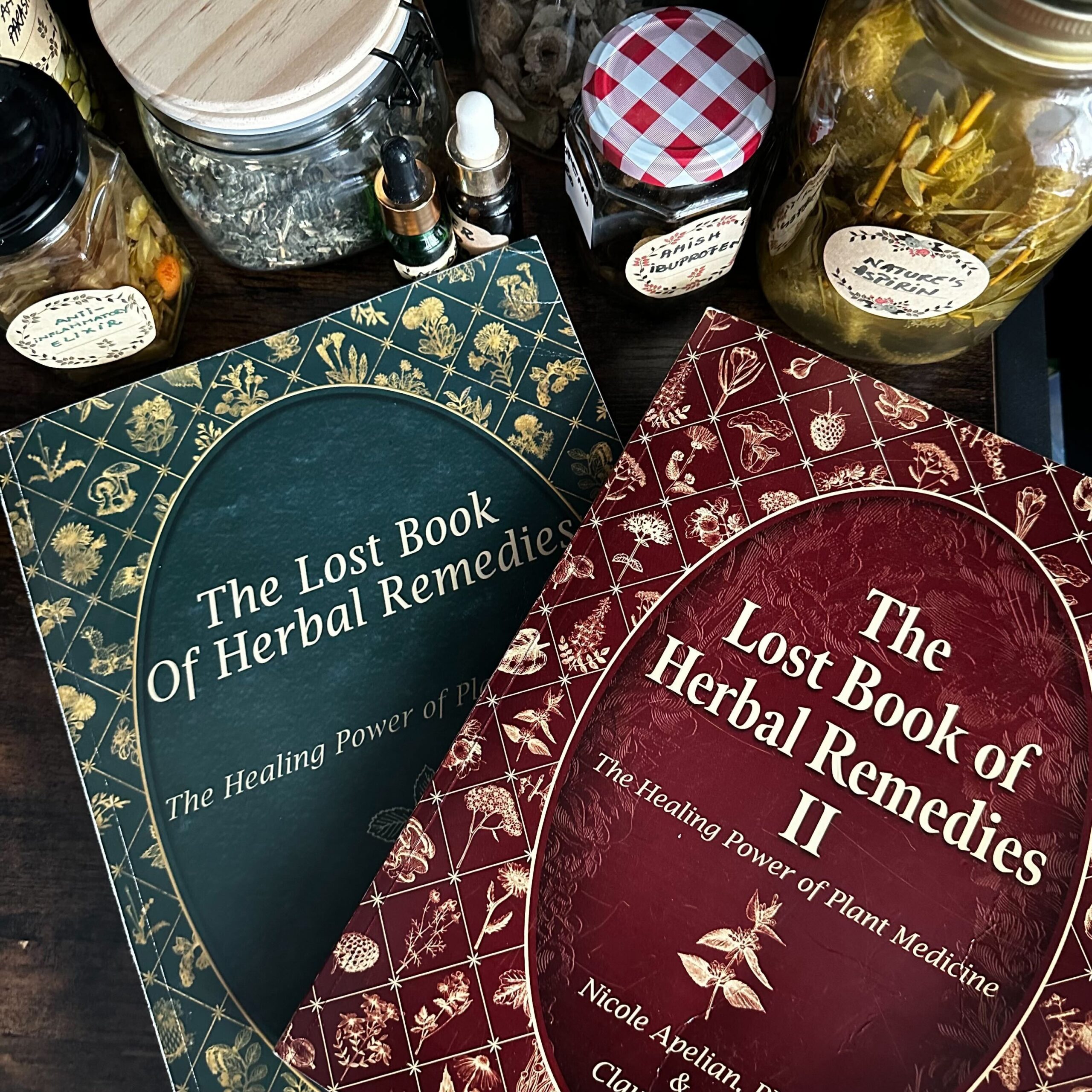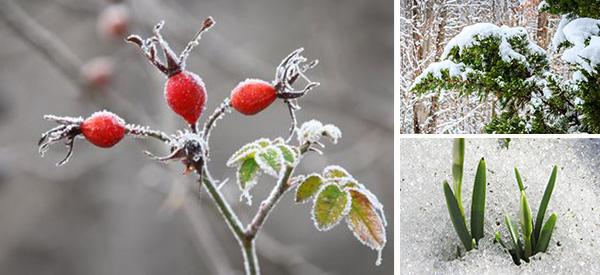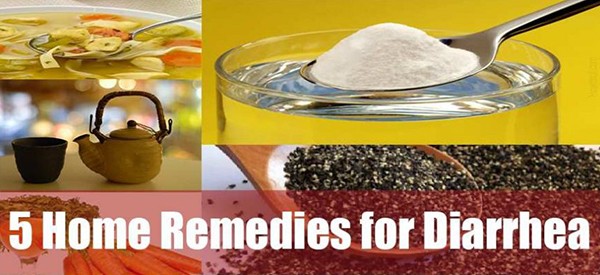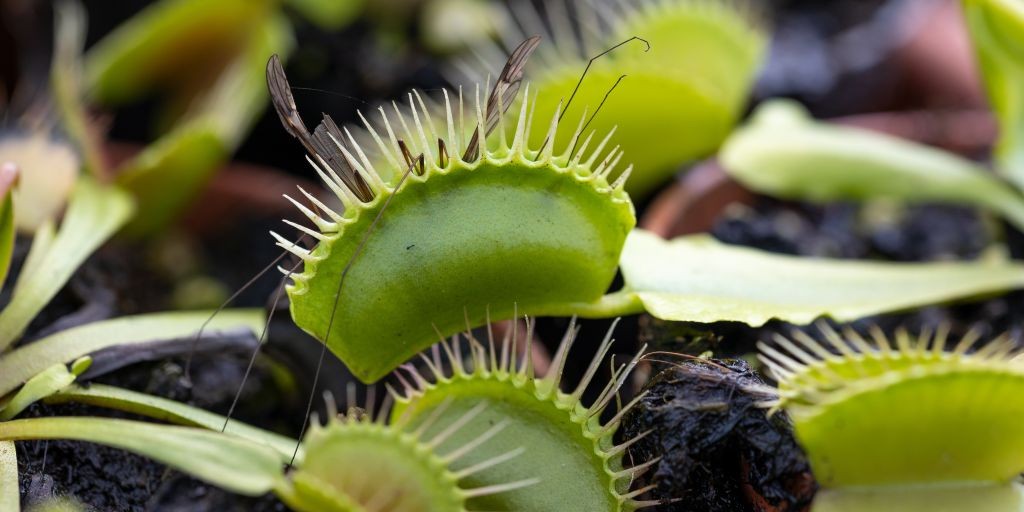
Signs You’ve OD’d on Salt
Salt overdose is not something you would usually hear. But it does happen, albeit the case is rare.
Experts keep telling us that everything that we take in excess is bad for our health. And it does not necessarily pertain to alcohol, substances, or our overindulgence in life’s stresses.
Even our everyday common food and mineral intake can become detrimental in excess. Salt, for example, is a staple in our meals that makes bland food more appetizing for the taste buds.
The bad news is that salt overdose is possible, and we are at risk of long-term health effects. The initial signs may pass as something else, but at worst, salt poisoning is imminent. It is especially concerning for people with insufficient water intake.
How Salt Overdose Happens
Sodium is a component of salt that is crucial for the body’s functions, but may be harmful in high amounts. The sodium concentration may increase without adequate fluid intake, fluid loss from diarrhea and vomiting, or simply from ingesting too much salt.
According to Poison Control, the acceptable amount of sodium is only 2300 mg/day, or only about a teaspoon of table salt. However, according to the World Health Organization report, adults have an average intake of 4310 mg/day, which is more than twice the dietary guidelines.
Salt overdose occurs when there is an excessive single ingestion of salt – intentional or accidental – within a short period.
Sodium is an essential mineral for maintaining fluid balance by regulating water throughout the body. It is also in charge of nerve impulse function, muscle contraction, and blood pressure regulation.
When too much sodium enters the bloodstream, it draws water out, shrinks the cells, and potentially causes various health problems. It will lead to a condition known as hypernatremia and may potentially cause seizure, coma, or even death.
The danger isn’t just the salt shaker. Most sodium hides in everyday foods — bread, sauces, soups, condiments, deli meats. These silent triggers fuel high blood pressure and kidney strain.
See the top hidden salt foods to avoid here »
Treatment
Treatment for salt overdose involves rehydration to keep the body fluid in balance, requiring intravenous infusions in more severe cases.
You cannot eliminate salt from the diet because it still has its role to play in the body’s proper functioning. The only way to avoid hypernatremia is to cut down on sodium ingestion.
Always read the package label of every product and stay away from salty and processed foods. Cooking your own with fresh products may help you control what you put in your meal. Most importantly, drink plenty of water to thin out sodium and avoid intoxication.
Cutting back salt is only half the battle. Your body needs a daily strategy to stay balanced — flushing toxins, protecting your kidneys, keeping blood pressure under control, and nourishing your cells with the right foods and herbs. Pills won’t teach you that, but a holistic approach will.
Simple daily choices, what you eat, how you move, which remedies you take, can mean the difference between long-term damage and a body that heals itself.
Here are the 7 holistic daily steps that protect you.
Signs and Symptoms
We often associate salt intake with kidney stones, kidney damage, and elevated blood pressure. However, it can cause many other worse health problems when its symptoms are left untreated. The body cannot regulate excessive salt and retain most of the body’s water to dilute it.
Our body communicates the acute sodium concentration in the body with subtle signs such as:
Extreme Thirst
Intense thirst happens as the body attempts to regulate the hydromineral balance, and the brain triggers the thirst mechanism. You will observe the need to quench thirst directly after eating salty foods.
Water Retention
According to a recent clinical trial on increased salt consumption, thirst declines after 24 hours. It happens because the body attempts to conserve water to dilute the excess sodium. It results in swelling, which is noticeable in extremities like the hands, feet, and ankles.
Frequent Urination
The kidney becomes overstimulated as it tries to filter and flush all the extra salt out of the system. Frequent urination may lead to muscle cramping and eventually damage the kidneys.
Headache
Excessive sodium in the blood causes vascular changes. The irregular constriction of the blood vessels may result in migraines, dizziness, and headaches. Salt-sensitive individuals and those with blood pressure issues are prone to headaches after eating salty foods.
If salty meals leave you with pounding headaches or dizziness, that’s your blood vessels struggling under the pressure. You can’t always control hidden sodium in foods — but you can support your circulation and blood pressure naturally.
That’s where hawthorn strengthens blood vessels, tulsi helps balance blood pressure, fenugreek regulates blood sugar, and bilberry improves circulation and vision. Together, these plants form a powerful blend that your body absorbs quickly in tincture form for real relief.
👉 All of these powerful plants are blended together here »
Palpitations
Sodium disrupts the bioelectric signals when it becomes too concentrated in the blood. The fluctuation in these signals results in irregular heartbeat and palpitations. Frequent and intense palpitations require medical attention and close salt intake monitoring.
Elevated Blood Pressure
Hypertension is one of the most common consequences of a salt overdose. As salt draws water out, the blood becomes more concentrated and difficult to circulate. It adds pressure on the arterial wall, and the strain leads to an increase in blood pressure.
Hypertension is temporary in a salt overdose. However, it becomes a precursor to cardiovascular diseases, stroke, and other complications if salt intake remains unmanaged.
I used to think heart problems were something that only “older people” had to worry about… until I learned the hard way how silent high blood pressure can be. They call it “The Silent Killer” for a reason — you don’t feel it creeping up, but it quietly raises your risk of heart disease and stroke every single day. One stroke can change your whole life in an instant.
 That’s why I was so relieved when I found Nicole Apelian’s step-by-step video inside The Lost Remedies Academy. She walks you through how to make a Medicinal Juice for Blood Pressure — no complicated tools, no rare ingredients, just a simple recipe you can prepare right in your kitchen.
That’s why I was so relieved when I found Nicole Apelian’s step-by-step video inside The Lost Remedies Academy. She walks you through how to make a Medicinal Juice for Blood Pressure — no complicated tools, no rare ingredients, just a simple recipe you can prepare right in your kitchen.
The best part? You’ll know you’re doing something right now to support your heart, lower your risks, and take back control of your health naturally.
👉 Watch the video and see how easy it is to make this protective juice for yourself.
Digestive Upset
Dehydration induces digestive issues like stomach cramps and nausea. Excessive salt in the digestive system can disrupt the electrolyte balance as well as the gut microorganism. Dehydration further affects the stomach muscles, which contributes to stomach discomfort.
Reducing Salt Intake
Drinking water may flush excess salt out of the body. It may take a couple of days until you begin to feel better. The secret is to cut salt from the diet, but not totally eliminate it. Remember that sodium is an important mineral in proper nerve functioning.
Decreasing sodium intake begins with mindful tracking of consumption and making necessary dietary changes.
The following tips may help curb excessive sodium intake.
Make Meals at Home
Preparing fresh foods at home helps you trim salt intake compared to dining out or cooking ready-to-eat packages. Make a low-sodium version of your favorite dish and flavor it with spices and herbs instead of salt.
Cut Salt in Half
When cooking, reduce the amount you usually use by half or from what the recipe calls for. You may also reduce it slowly until you eventually get used to the less salty taste. Limit the use of condiments like sauces and dressings and switch to fresh herbs and spices for flavoring, instead.
Eat Potassium-Rich Food
Potassium has the opposite effect to sodium, such that when the potassium intake increases, sodium subsequently decreases. You can add more of this mineral to your diet by eating fruits and vegetables such as:
- Banana
- Avocado
- Orange
- Tomato
- Mushroom
- Peas
- Broccoli
- Potato and sweet potato
- Beet
- Spinach
Avoid Processed Foods
Processed products contain sodium that is more than the required dietary allowance. Most of them are also unhealthy, given the preservation process the food has to go through to extend its shelf life. If you want to lower your sodium intake, stay away from processed and fast foods and opt for fresh ones.
Why Your Body Needs Regular Detoxes
Every bite of processed food, every sip of tap water, every packaged “convenience” meal sneaks in more than just sodium — it’s preservatives, chemicals, and residues that quietly build up in your system. Over time, this hidden overload makes you feel bloated, fatigued, and worn down, while silently straining your liver, gut, and blood.
That’s why regular detoxes aren’t optional anymore — they’re essential. They give your body the reset it needs to flush out toxins, restore balance, and protect your health long-term.
In The Forgotten Home Apothecary, you’ll find over 250 natural remedies — including gentle detox recipes you can make in minutes, like:
- Liver Tea with milk thistle & dandelion root to cleanse and restore.
- Colon Detox Shot with ginger, turmeric, cayenne & apple cider vinegar to flush impurities.
- Morning Gut Health Shot with lemon, chia seeds & turmeric to reset digestion.
- Fermented Cabbage Juice to load your gut with protective probiotics.
The recipe below is inspired by this same approach. A simple, powerful way to help your body rebalance and clear out the salt overload.
👉 See all the detox recipes inside The Forgotten Home Apothecary »
Salt Detox Coconut Lime Lemonade
A lemonade prepared from coconut water and citrus is an excellent beverage for balancing salt and optimum hydration. According to the USDA, a cup of coconut water (240 ml) contains about 15% of the dietary value of potassium and only 2% sodium.
Lemon does not directly flush out sodium but aids in better hydration and maintaining fluid balance.
If you are feeling the symptoms of salt overdose, take this healthful drink to cleanse and detoxify your system.
Ingredients
- 1 cup fresh or canned coconut water
- Juice of half a lemon
- 1 calamansi lime (optional)
- 1 tbsp honey or agave nectar
- Ice
- Sliced lemon for garnish
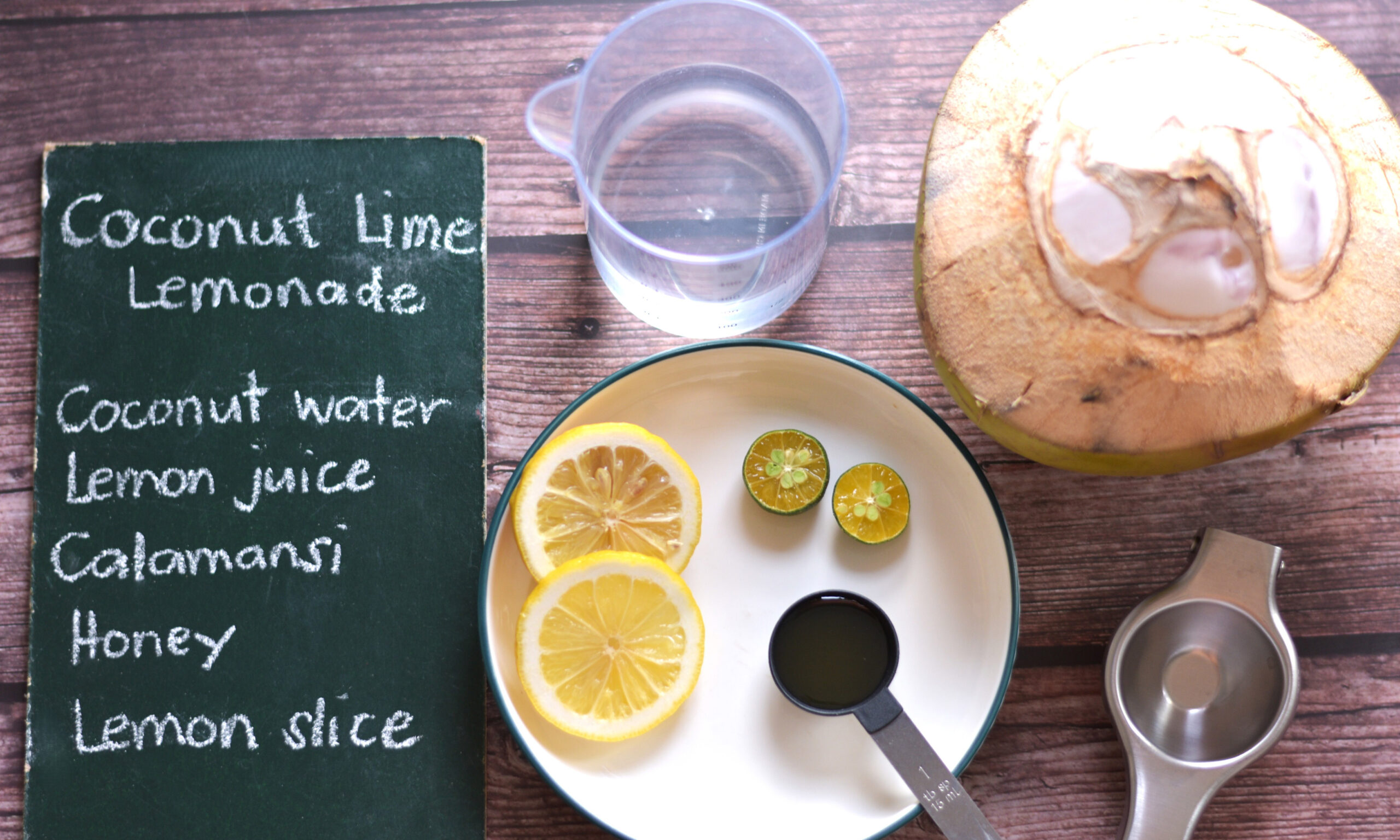
Steps
- Combine coconut water, lemon juice, calamansi (if using it), and honey in a glass and stir well.
- Add in some ice and garnish with a lemon slice.
To use: Drink coconut lime lemonade on an empty stomach after waking up and continue taking plain water throughout the day. Take it regularly until the symptoms clear out. Avoid taking it for a long time to avoid gastric and digestive issues that may arise from prolonged consumption.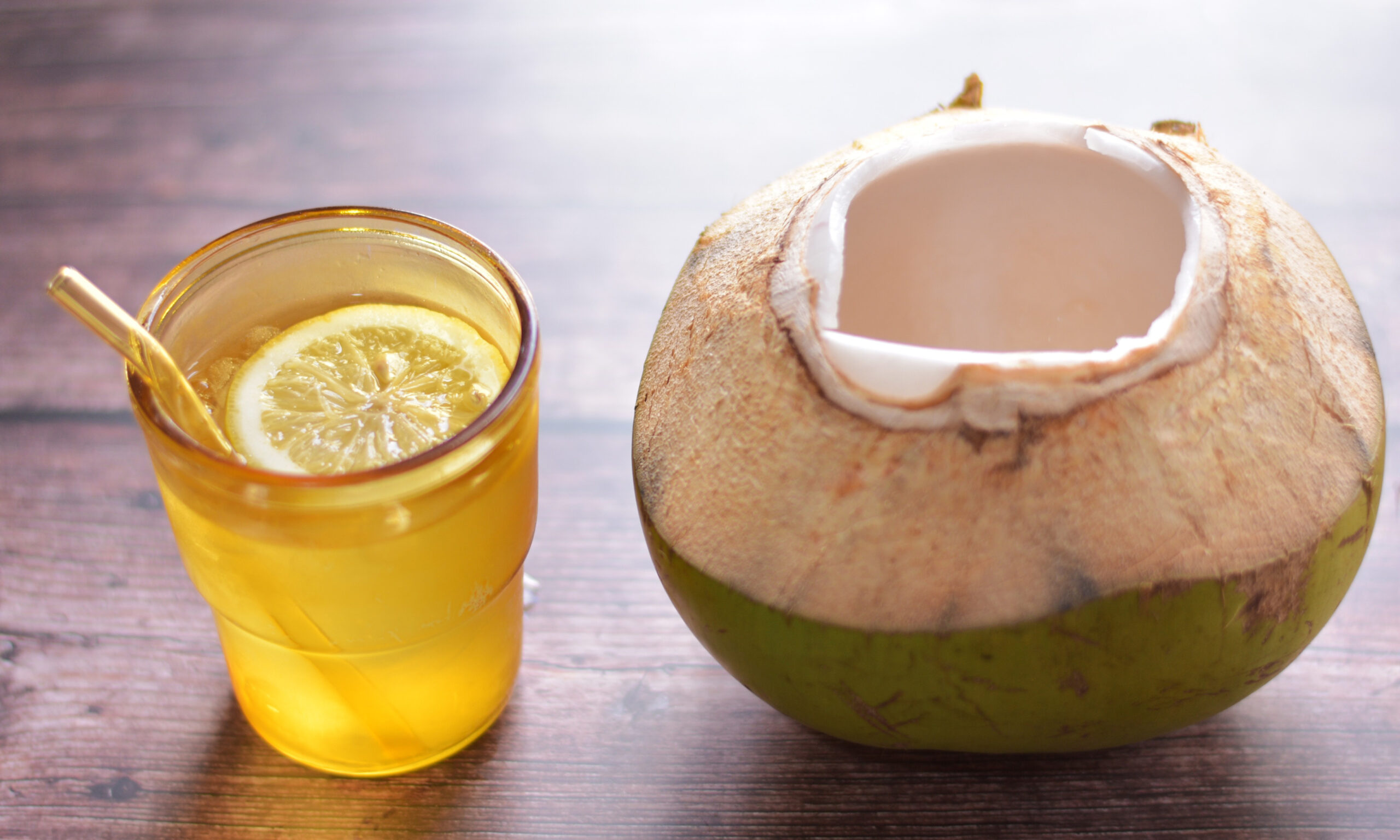
The Shortcut to Nettle’s Detox Power
This salt detox drink works wonders . But let’s be honest, you won’t always have the time or the fresh ingredients on hand. And if you pick wild nettle yourself, you risk stinging your hands raw… not to mention the danger of harvesting plants too close to roads, where they’re coated with pesticides, exhaust, and chemicals you don’t want inside your body.
Everyone knows nettles are one of nature’s strongest blood cleansers and diuretics — used for centuries to flush excess water, clear toxins, and support healthy kidneys. The only problem? Handling them fresh can be painful and inconvenient.
That’s why I keep a bottle of Stinging Nettle Tincture close by. It’s the concentrated, ready-to-use form of this powerful plant — carefully prepared from wild-harvested nettles, so you get all the kidney-cleansing, diuretic benefits without the sting or the guesswork.
👉 Click here to get your Stinging Nettle Tincture and start flushing out the excess sodium today »
Have you ever noticed how your body reacts to salty foods? Share your experience or tips in the comments… I’d love to hear your story.






